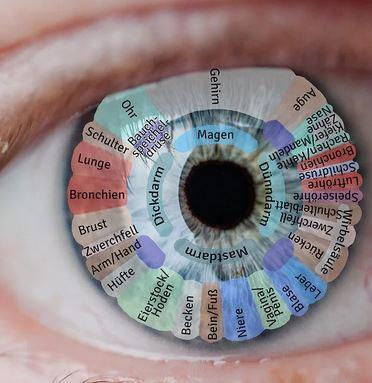Iris Diagnostic

Definition:
Iridology is an alternative diagnostic method in which patterns, colors, and markings in the iris (the colored part of the eye) are interpreted to assess a person’s constitutional health, potential organ imbalances, and chronic tendencies. It is widely used in naturopathy and holistic wellness practices.
Basic Principles:
-
The iris is viewed as a map of the body: different zones correspond to specific organs
-
Changes in pigmentation, fiber structure, or rings are believed to indicate stress, toxicity, or weakness
-
Typically conducted with a magnifying glass or iris camera
Origins & History:
-
Early ideas in the 17th century; modern system developed in the 1800s by Ignaz von Peczely (Hungary)
-
Further refined by Nils Liljequist (Sweden) and Dr. Bernard Jensen (USA)
-
Still practiced in parts of Europe, Russia, and among holistic practitioners worldwide
Applications:
-
Used by naturopaths, herbalists, holistic therapists
-
Not for diagnosing acute diseases, but for assessing body constitution and predispositions
-
Often combined with other holistic tools (e.g. pulse reading, tongue diagnosis, lifestyle analysis)
Links:






